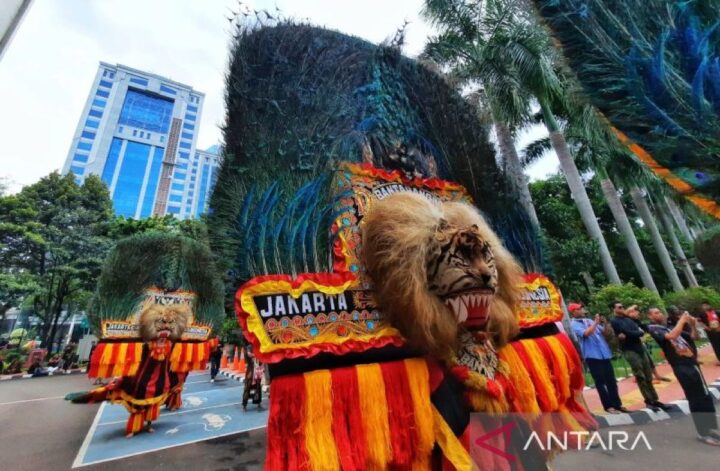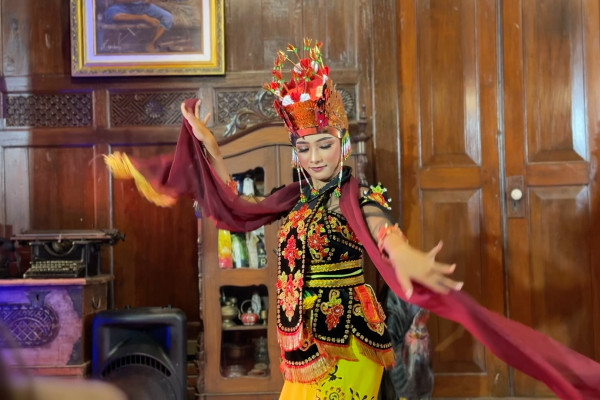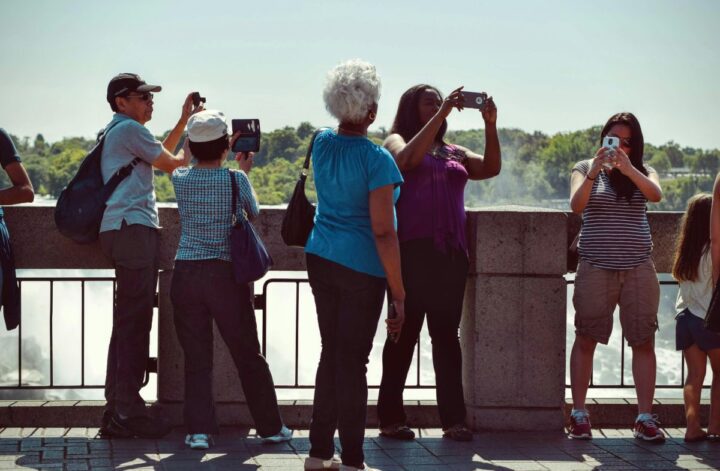Monumen Reyog Ponorogo and GWK (Garuda Wisnu Kencana) are two iconic landmarks in Indonesia that attract tourists from all over the world. While both monuments are impressive in their own right, there is one significant difference between them – the height.
The Monumen Reyog Ponorogo stands at a towering height of 25 meters, making it one of the tallest monuments in Indonesia. The monument is dedicated to the traditional dance of Reyog Ponorogo, which is a cultural heritage of the Ponorogo regency in East Java. The dance is known for its elaborate costumes, intricate movements, and vibrant colors, and the monument pays homage to this rich cultural tradition.
On the other hand, GWK stands at a height of 121 meters, making it one of the tallest monuments in Indonesia. The monument depicts the Hindu god Vishnu riding the mythical bird Garuda, and it is a symbol of Indonesia’s cultural and religious heritage. The monument is located in Bali and has become a popular tourist attraction for its grandeur and beauty.
So, what is the reason behind the Monumen Reyog Ponorogo being taller than GWK? One possible explanation is that the Monumen Reyog Ponorogo is specifically designed to showcase the traditional dance of Reyog Ponorogo, and the height of the monument is meant to symbolize the importance and significance of this cultural heritage. The towering height of the monument creates a sense of grandeur and majesty, emphasizing the beauty and elegance of the Reyog Ponorogo dance.
On the other hand, GWK is a more abstract and symbolic monument, representing the Hindu mythology and religious beliefs of Indonesia. While GWK is undoubtedly impressive in its own right, the focus is more on the artistic and religious aspects of the monument rather than its physical height.
In conclusion, the Monumen Reyog Ponorogo’s towering height serves to highlight the cultural significance of the Reyog Ponorogo dance, while GWK’s height is more about the symbolic representation of Hindu mythology. Both monuments are awe-inspiring in their own ways, and they are a testament to Indonesia’s rich cultural heritage and religious diversity.




